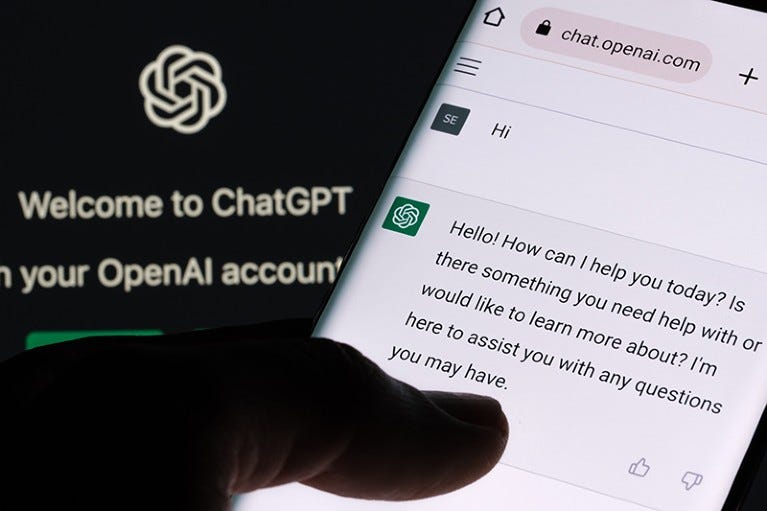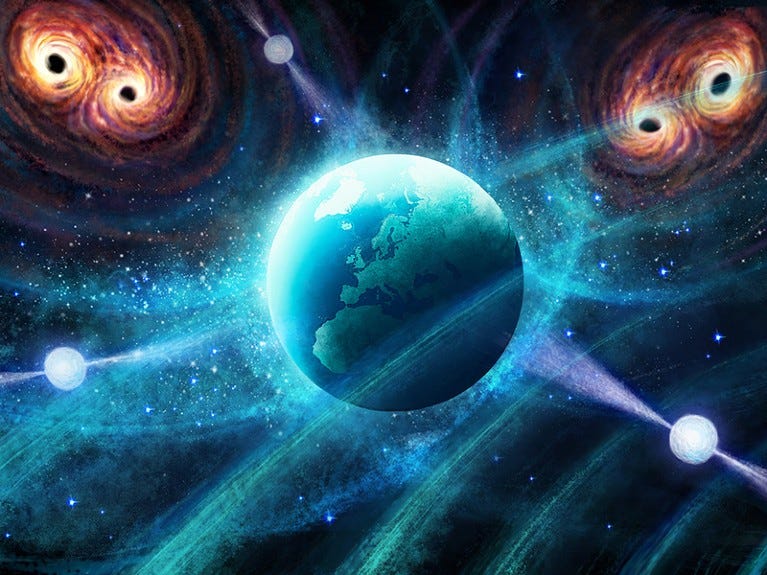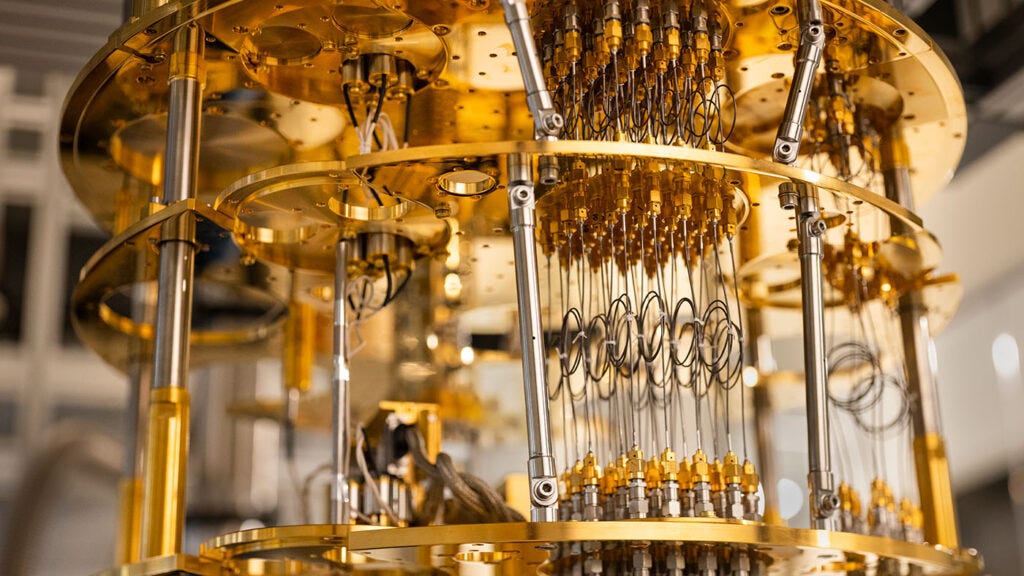New galaxies, Spreadsheet with super powers, ChatGPT's research paper, Monster gravitational waves, & more Quantum computers - Speciale Focus #8
JWST identifies the earliest galaxies ever seen!
Researchers using the James Webb Space Telescope (JWST) have conducted the JWST Advanced Deep Extragalactic Survey (JADES), one of the largest and deepest astronomical surveys of the night sky. The survey has revealed some of the earliest galaxies ever seen, dating back to within the first 650 million years after the Big Bang. The findings have astonished astronomers, indicating that stars and galaxies were forming and evolving much earlier than previously believed. Unlike the Hubble Space Telescope, JWST primarily operates at infrared wavelengths, which allows it to detect extremely distant galaxies whose light has been stretched by the expanding universe, making them appear redder. The starlight from these galaxies has traveled vast distances, offering a glimpse into their early stages shortly after the birth of the universe. Check out more.
Rows.com - Spreadsheet with super powers
Well, the magic of AI is slowly starting to take full effect with spreadsheets. Rows.com has launched their spreadsheets that allows users to import data from existing sheets, and other applications through APIs, and suggests possible data analysis use cases. At the click of a button, it also gets those done :) and creates charts for you in seconds. It also allows for users to chat (questions) about the data to gather inferences. Check out the product here.
Chat GPT writes a paper
Scientists conducted an experiment using ChatGPT as a research "co-pilot." They utilized a public health dataset to explore patterns and analyze data. Initially, the generated code had errors, but after feedback, ChatGPT produced usable code. It helped develop a study goal and found that increased physical activity and fruit/vegetable consumption are linked to a lower risk of diabetes. ChatGPT assisted in writing sections of a manuscript, and the experiment aimed to discuss the advantages and challenges of using ChatGPT as a research assistant. Read more here.
Scientists discover monster gravitational waves
Scientists have potentially rediscovered gravitational waves using a new technique. By tracking changes in distances between Earth and pulsar stars, researchers can observe the stretching and squeezing of space caused by gravitational waves. Unlike the 2015 detection of waves resulting from the collision of black holes, this latest finding suggests the combined signal from numerous pairs of much larger black holes orbiting each other in distant galaxies. These waves are significantly stronger and longer, with wavelengths up to tens of light years. Multiple collaborations, including NANOGrav, the European Pulsar Timing Array, the Parkes Pulsar Timing Array, and the Chinese Pulsar Timing Array, have reported similar results. While the findings are not yet confirmed, they provide strong evidence and could lead to decades of research studying this new gravitational wave background.
Quantum computers within the decade?
Well, just in our last issue we spoke of IBMs plans to build a functional quantum computer within the next 10 years. A year after Microsoft’s breakthrough in creating Majorana-based qubits (which are highly stable compared to traditional techniques) , the company has published a new peer-reviewed paper demonstrating their achievement. The paper showcases results from more devices and a larger amount of data, solidifying Microsoft's progress towards building a quantum supercomputer.Microsoft just announced its roadmap to build a quantum computer within the decade. Read more here.
We’ll leave you with this for the month and come back soon with another set of wow reads specially curated for the curious you!
Until then, Team Speciale signing off!








